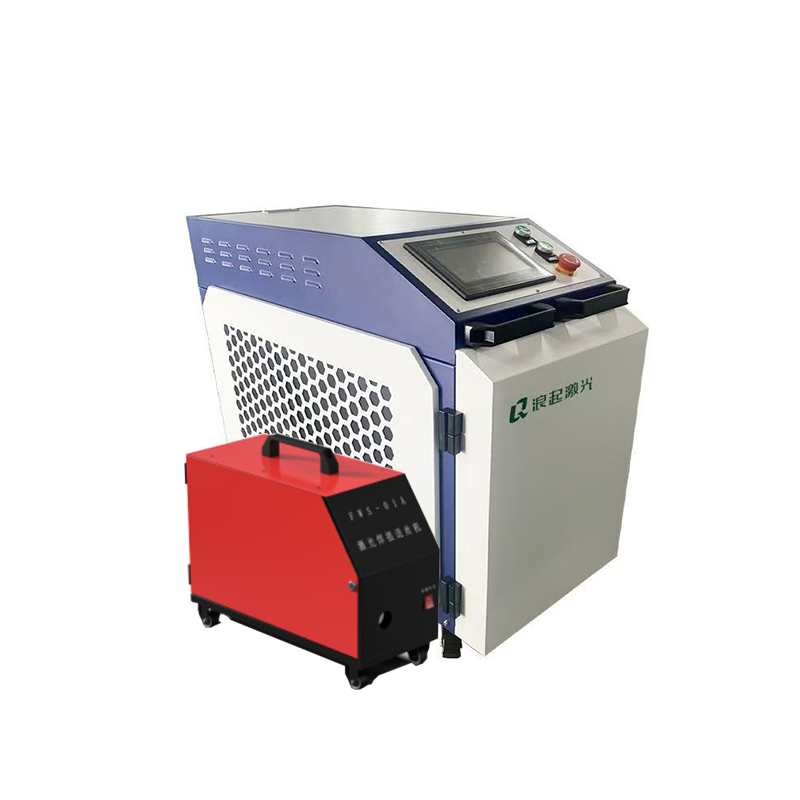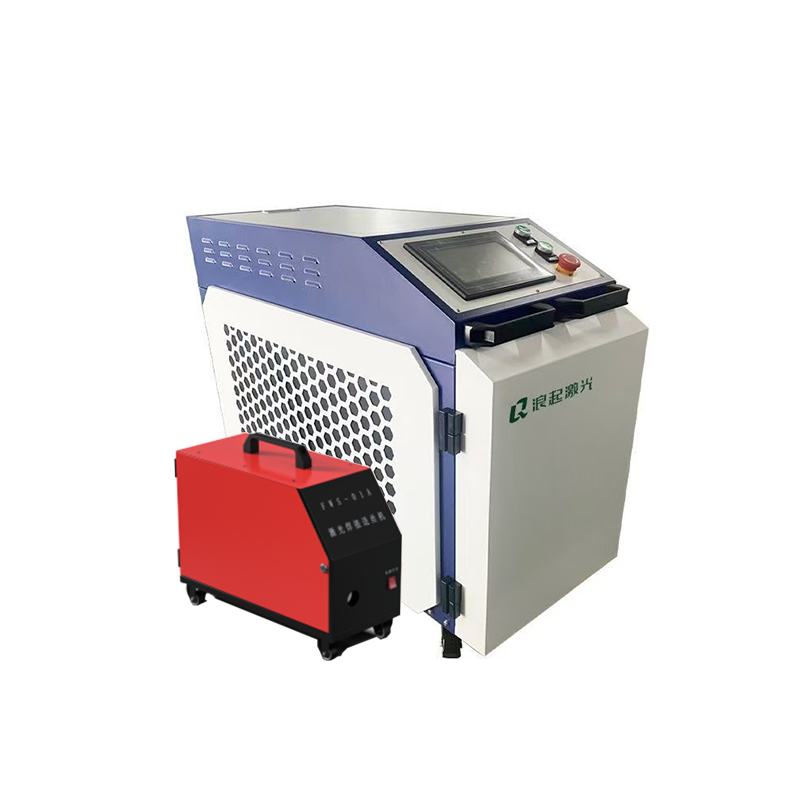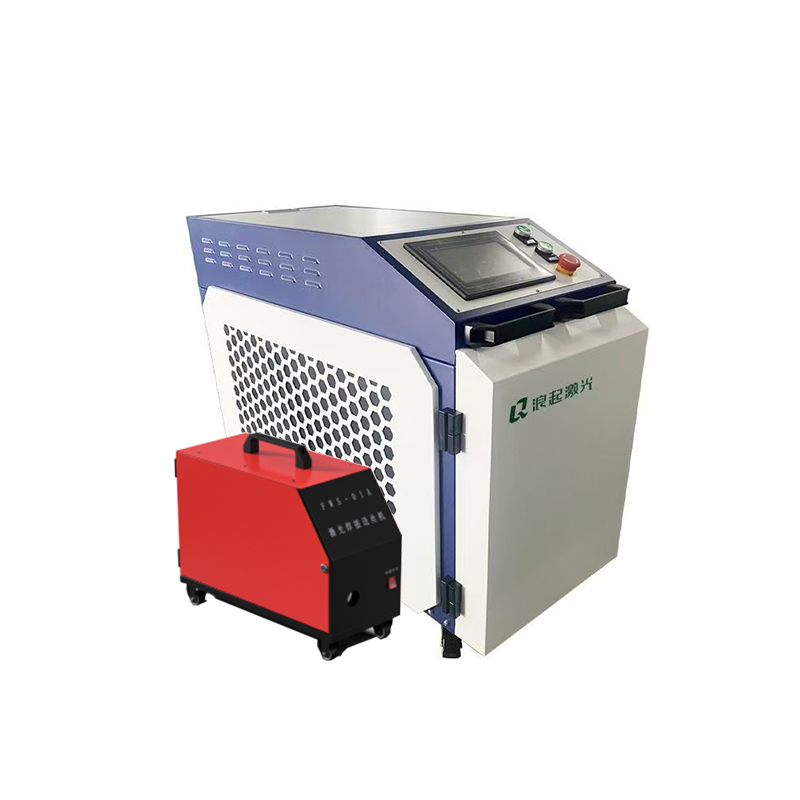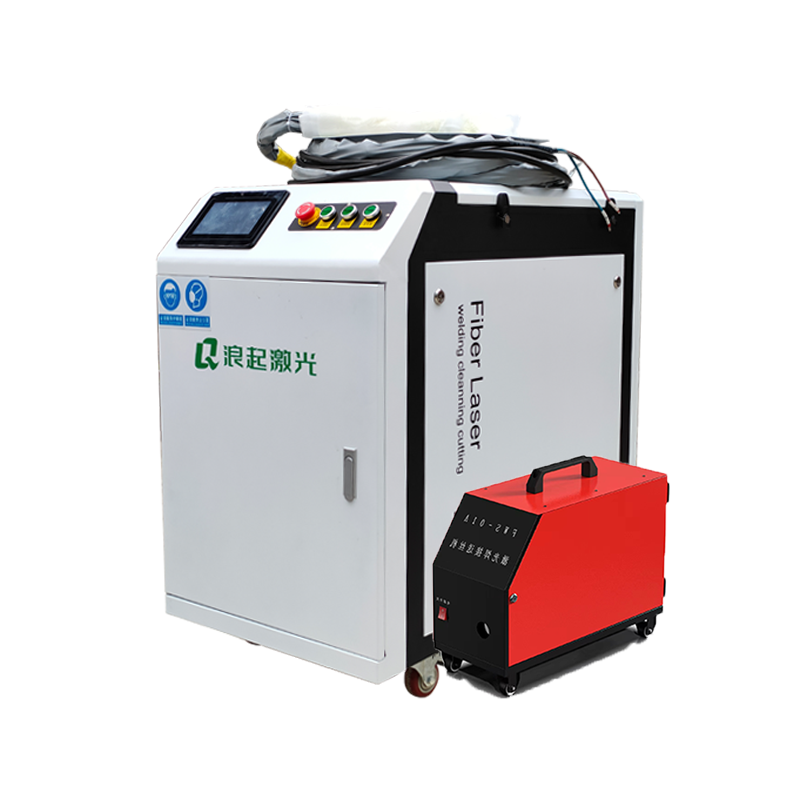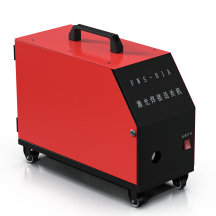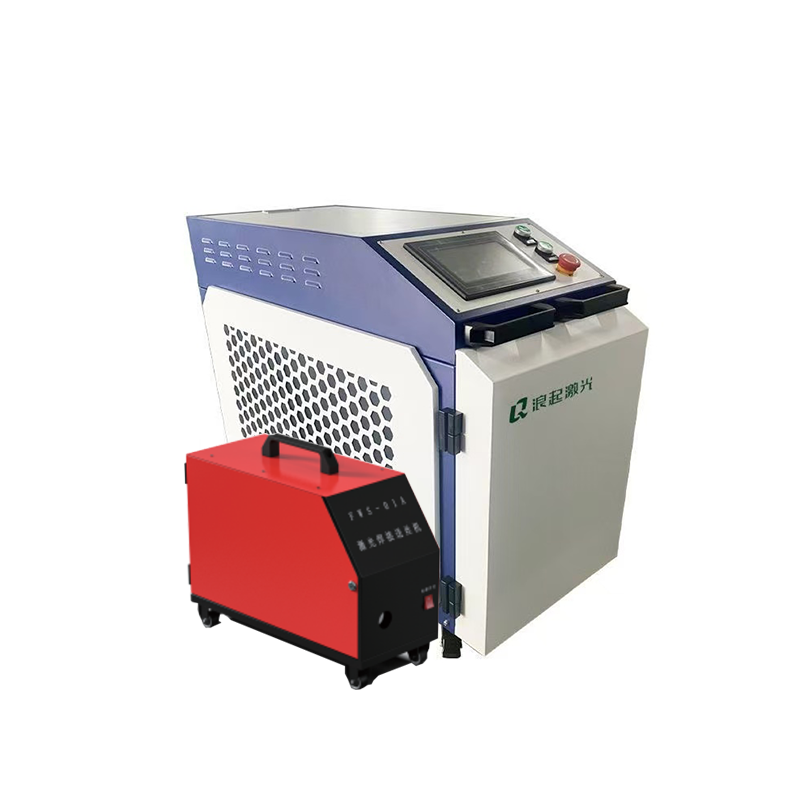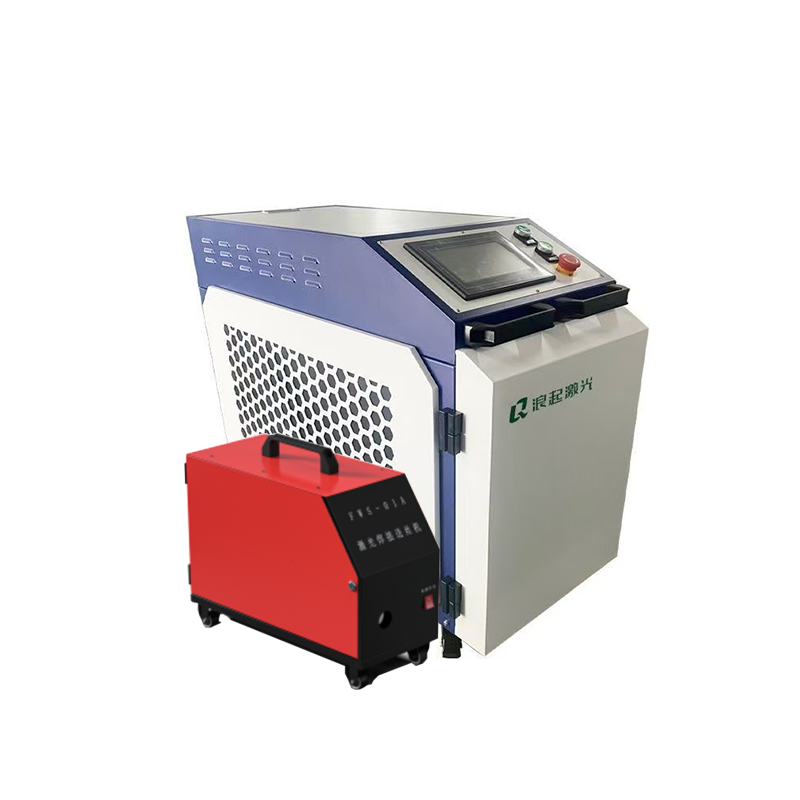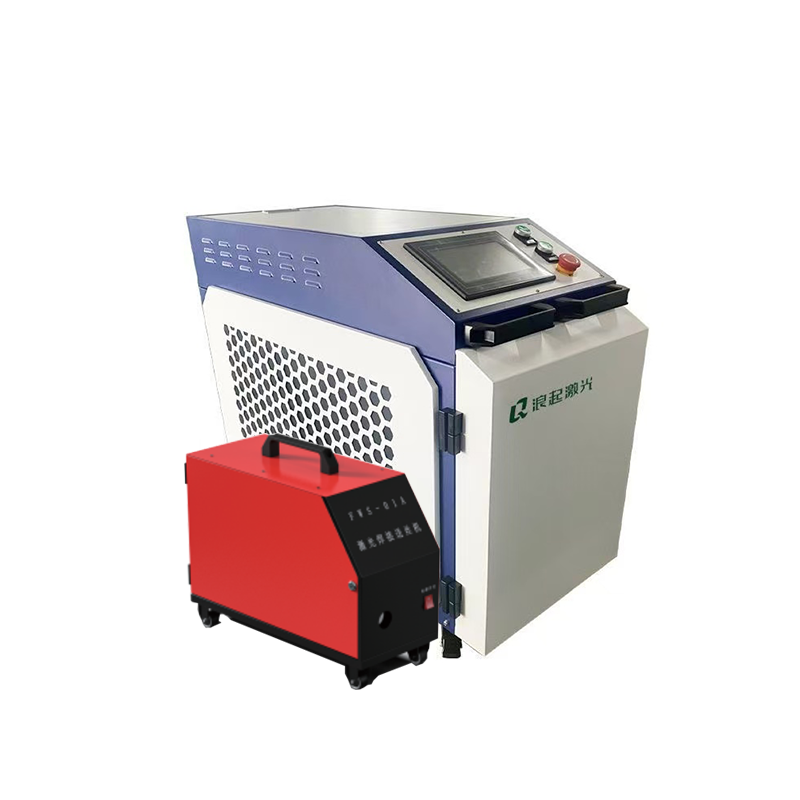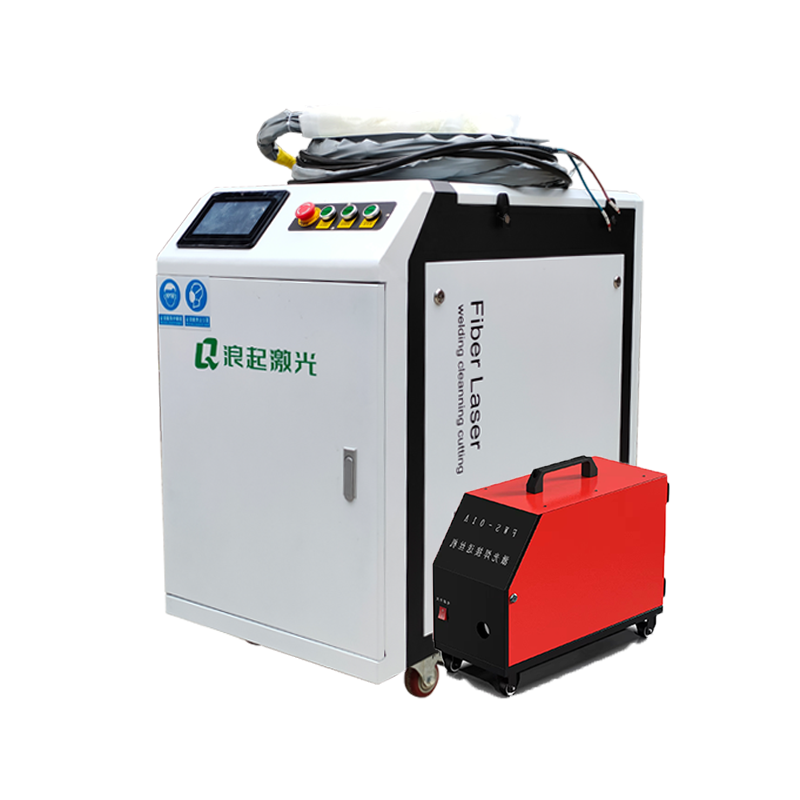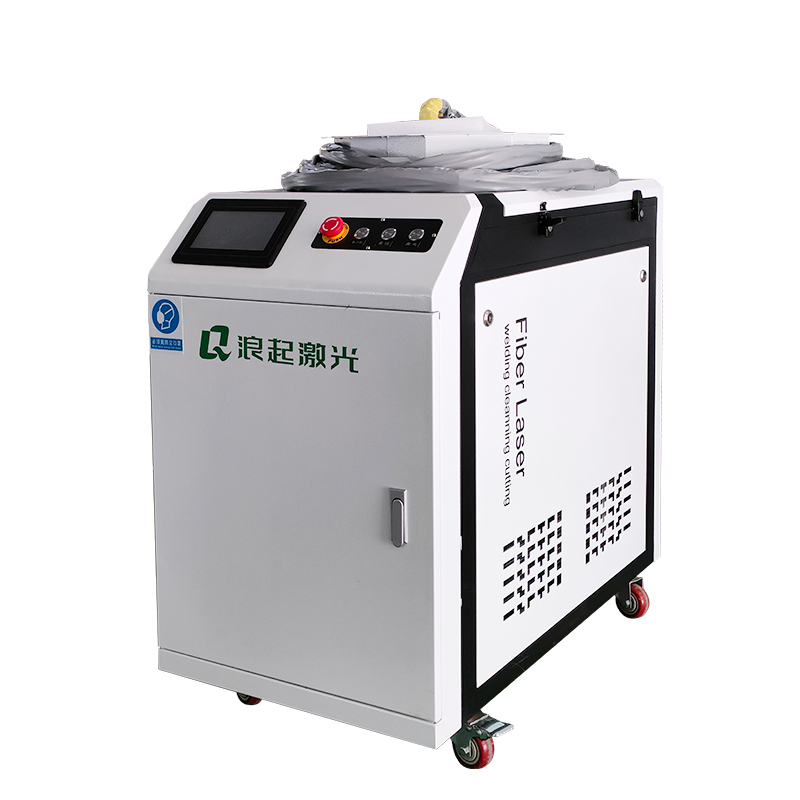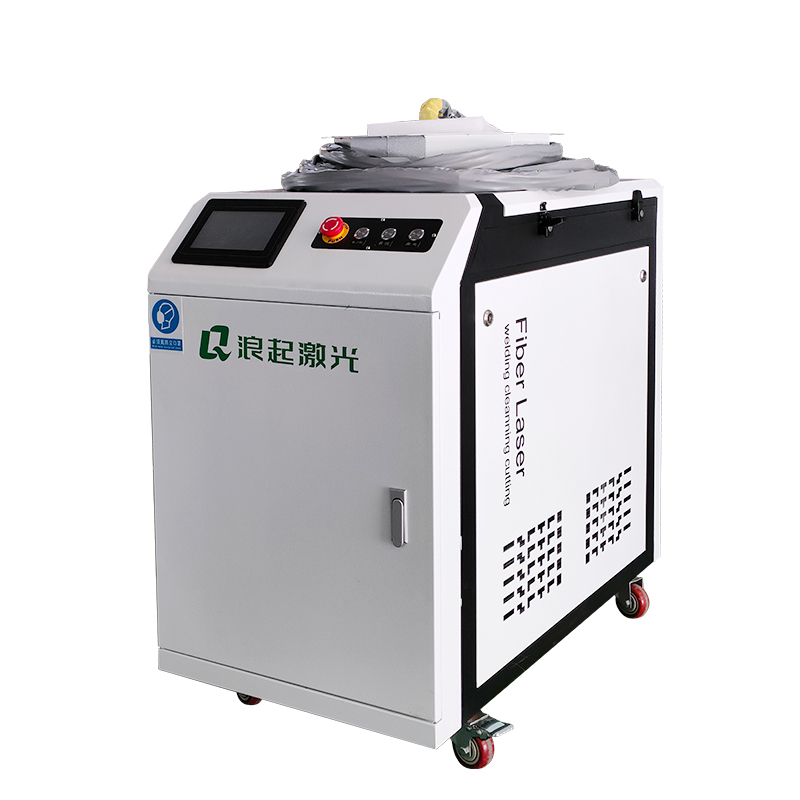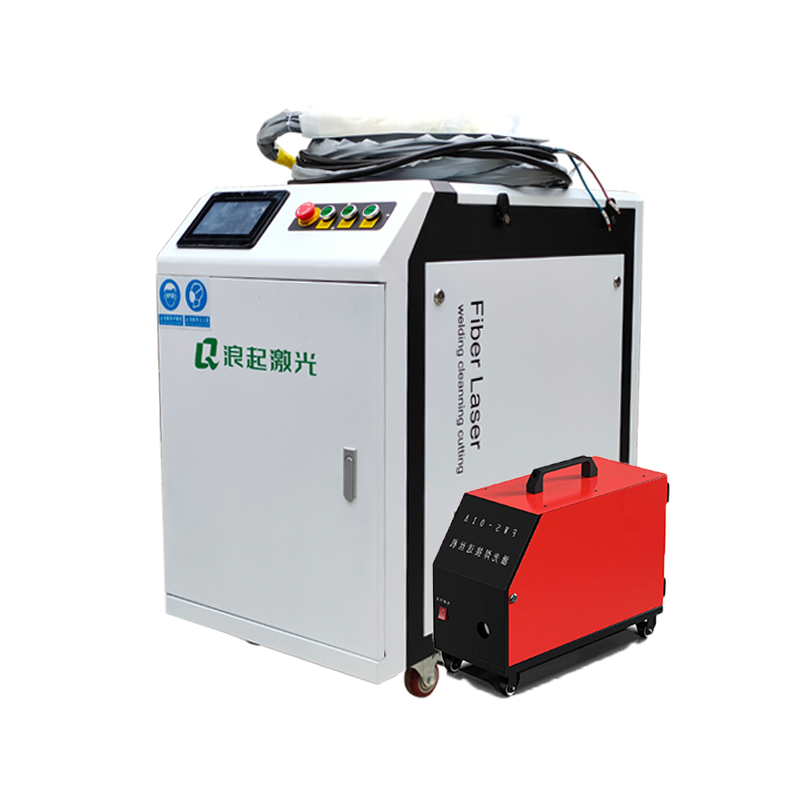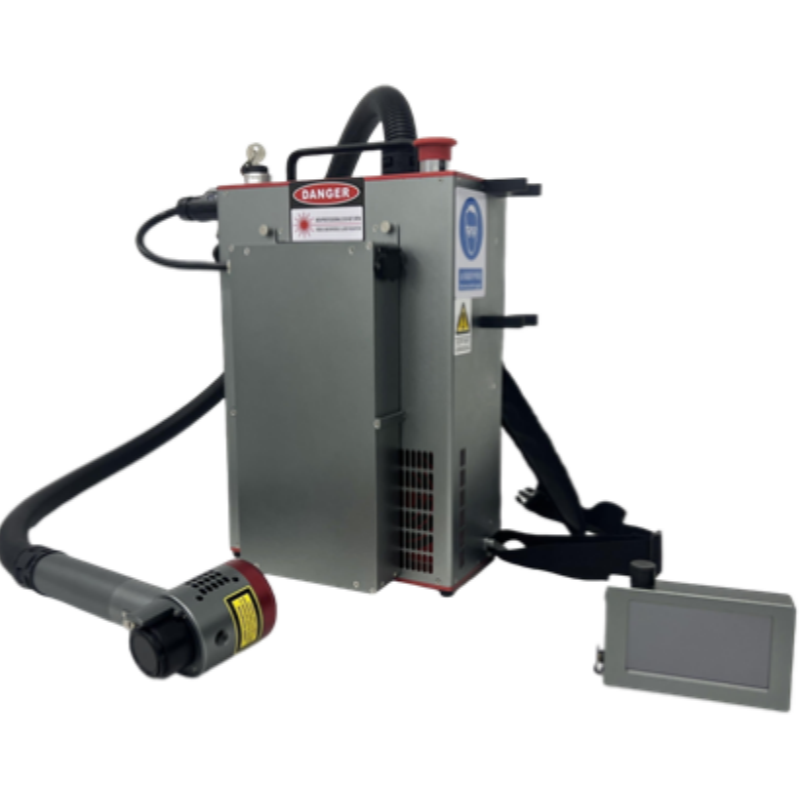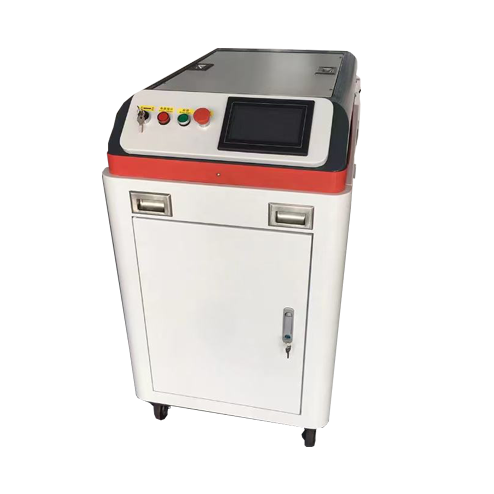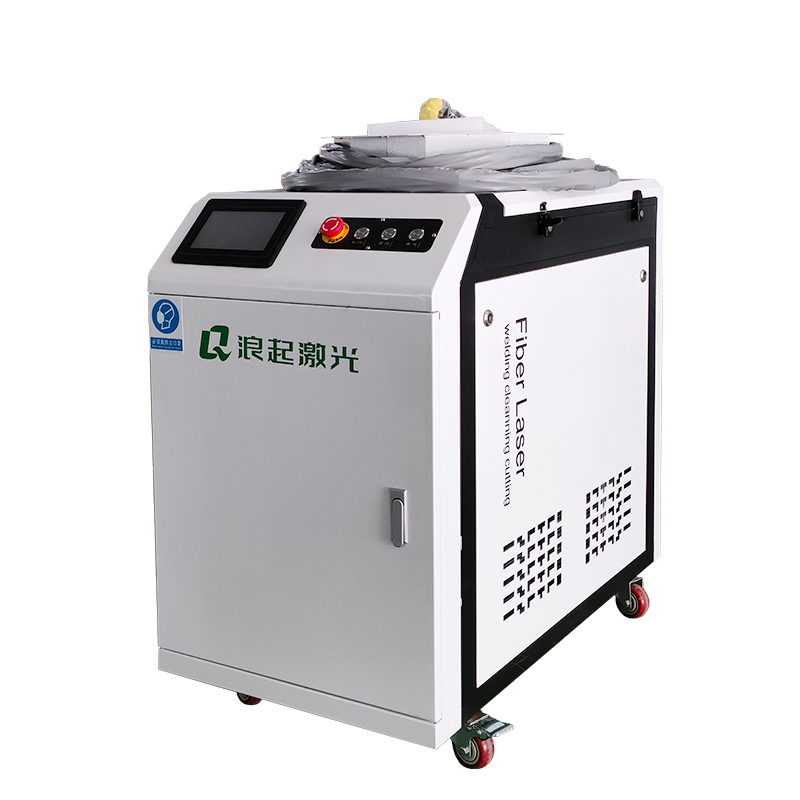- 1. Understanding the Purpose of the Wire Feeder
- 2. Key Selection Criteria for a Wire Feeder
- a) Compatibility with Your Laser Cleaner
- b) Wire / Product Diameter Range
- c) Feed Speed and Stability
- d) Material and Construction
- e) Integration and Control
- f) Safety Features
- 3. Practical Application Examples and Selection Guidance
- 4. The Selection Process: A Step-by-Step Summary
Of course. The selection of a wire feeder for a fiber laser cleaning machine is a critical decision that directly impacts the machine's capabilities, efficiency, and the quality of the cleaning result. It's not a one-size-fits-all component.
Here is a comprehensive guide to selecting the right wire feeder for your fiber laser cleaning application.
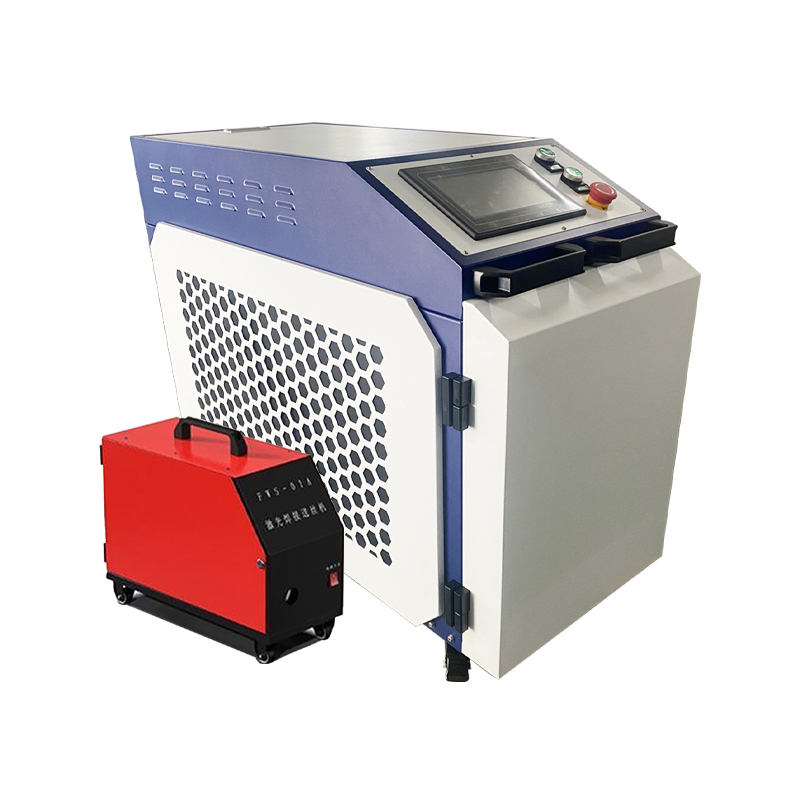
1. Understanding the Purpose of the Wire Feeder
First, it's essential to understand why you would need a wire feeder. A standard laser cleaner uses a handheld gun to remove contaminants. A wire feeder attachment transforms the system for a specific purpose:
Automation and Consistency: It allows for fully automated, consistent cleaning of long, continuous products like wires, cables, tubes, and bars.
Uniform Coverage: The product is fed through a rotating laser ring, ensuring 100% uniform coverage around the entire circumference without missing spots.
High-Speed Processing: It enables high-speed, in-line cleaning as part of a production process, far exceeding what is possible manually.
Specialized Applications: Essential for preparing wire for subsequent processes like coating, plating, welding, or painting by removing oxides, lubricants, and drawing compounds.
2. Key Selection Criteria for a Wire Feeder
When evaluating a wire feeder, consider the following factors:
a) Compatibility with Your Laser Cleaner
This is the most critical first step. The wire feeder must be designed to integrate with your specific laser cleaning machine model. Check with your manufacturer for:
Mechanical Mounting: How does it attach to the laser head or the system's frame?
Control Interface: How is it controlled? It must be able to receive signals from the laser's CNC system or main controller to synchronize wire speed with laser parameters.
Laser Path: The laser beam must be correctly directed through the center of the wire feeder's rotating optics.
b) Wire / Product Diameter Range
Wire feeders are designed for specific size ranges. You must choose one that accommodates the diameters you need to process.
Typical Range: Most industrial feeders handle diameters from ~1 mm (0.04") up to 30 mm (1.2") or more.
Adjustability: Ensure the feed rollers and guidance system can be easily adjusted for your target diameter to ensure stable, centered feeding.
c) Feed Speed and Stability
The system must feed the wire at a constant, controllable speed that matches the laser's cleaning speed.
Speed Range: Look for a wide and precise speed range (e.g., 0.1 to 10 meters per minute). This allows you to fine-tune the process for different contamination levels and wire types.
Stability: The feed mechanism (typically driven by servo or stepper motors with rubberized rollers) must prevent slipping, jerking, or vibration. Any instability will result in uneven cleaning.
d) Material and Construction
The feeder will be used in an industrial environment, often near the laser cleaning process.
Durability: It should be made from robust materials (e.g., aluminum alloy, stainless steel components) to withstand long-term use.
Heat Resistance: Parts near the laser interaction zone should be resistant to heat and spatter from the cleaning process.
Precision: Bearings and optical components must be high-precision to maintain alignment and ensure a consistent laser focus on the wire surface.
e) Integration and Control
How seamlessly does the wire feeder work with the rest of your system?
Synchronization: The ideal system allows you to set the wire feed speed and laser parameters (power, frequency, pulse width) from a single interface. The laser head's rotation should also be synchronized with the feed speed.
Automation Ready: It should have standard I/O ports (Input/Output) for integration with a full automated production line, receiving start/stop signals from a PLC.
f) Safety Features
Emergency Stop: A clearly accessible stop button on the feeder itself.
Wire Jam Detection: Sensors that can detect a jam and immediately halt the process to prevent damage to the wire, feeder, or laser.
Enclosures: Proper guarding to contain any reflections and prevent operator exposure to the laser beam.
3. Practical Application Examples and Selection Guidance
| Application Example | Key Requirements | Recommended Wire Feeder Specs |
|---|---|---|
| Precision Wire for Electronics (e.g., copper wire for bonding) | Gentle handling, precise speed control, no marring of surface, small diameter. | Narrow range feeder (e.g., 0.5-5mm). High-precision rollers. Very stable, low-vibration servo motor. Fine speed control (0.1-3 m/min). |
| Industrial Steel Cables & Wires (e.g., rust removal before galvanizing) | High throughput, durability, handling larger diameters, robust construction. | Wide range feeder (e.g., 5-30mm). Powerful drive motor. Abrasion-resistant rollers. Higher feed speeds (1-10 m/min). |
| Tubes and Pipes (e.g., cleaning before welding or coating) | Ability to handle straight, rigid products, high stability to prevent wobble. | Heavy-duty feeder with strong guidance channels and support stands. Focus on rigidity and alignment. |
| Research & Development / Low-Volume | Maximum flexibility for testing different materials and diameters. | Highly adjustable feeder with a broad diameter range and very wide, programmable speed control. |
4. The Selection Process: A Step-by-Step Summary
Define Your Need: What is the primary material, diameter, and type of contaminant? What is your required throughput (meters per hour)?
Contact Your Laser Manufacturer: Start here. They will have compatible models and can provide the most accurate technical specifications and pricing.
Verify Technical Specifications: Cross-reference the manufacturer's specs with your list of requirements (diameter range, speed, control interface).
Request a Demonstration: If possible, ask for a live demo or processing samples of your actual material. This is the best way to validate performance.
Consider the Total Solution: Evaluate the cost of the feeder, its installation, integration support, and long-term service and maintenance.
Conclusion:
Choosing a wire feeder is about matching its technical capabilities to your specific application needs and ensuring seamless integration with your existing fiber laser cleaning system. By carefully considering the factors above, you can select a wire feeder that transforms your laser cleaner into a highly efficient, automated, and production-ready processing station.

